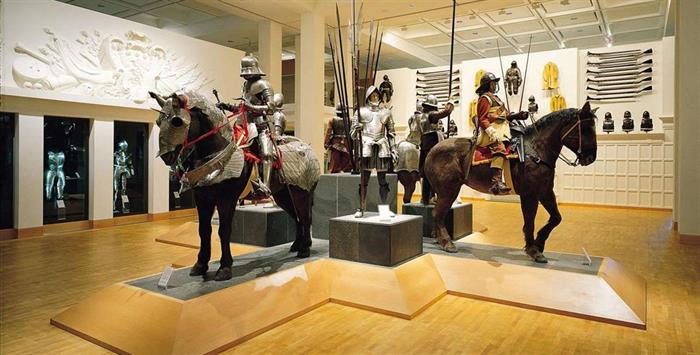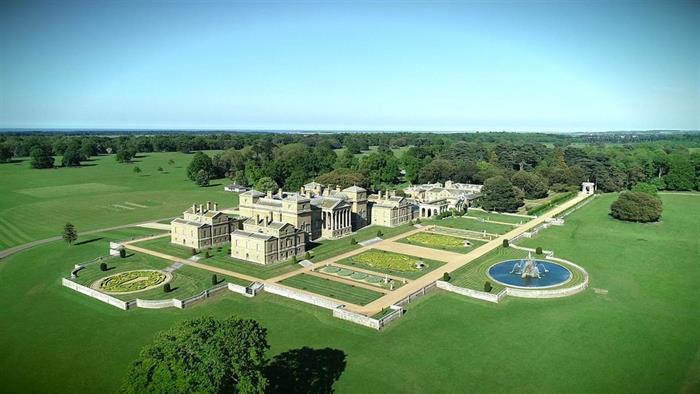Lambeth Council
Lambeth Council were the first council to declare a climate emergency, and have committed to be carbon neutral by 2030. Once it is safe to do so they will be hosting Lambeth’s first citizens assembly on climate change. One of the reasons they have joined Fit for the Future is to ensure that all their projects will be delivered to a standard that positively impacts and enhances the environment. This includes planned buildings projects to refurbish and repurpose older buildings into community hubs.
Royal Armouries
The Royal Armouries is responsible for three historic and cultural venues in the UK: Fort Nelson in Fareham, the Royal Armouries Museum in Leeds, and the White Tower at the Tower of London. They have ambitious plans to refurbish aspects of the Museum and want to ensure they do so in a way that really delivers on environmental sustainability. They are interested in looking strategically at developing and embedding a sustainability strategy, before working to understand their baseline, the evaluation and assessment frameworks needed, and how to ensure the capital works and operations are minimising any negative environmental impacts.

Holkham Estate
Finally, Holkham Estate is based in Norfolk and includes the Treasure House Holkham Hall as well as over 7,000 hectares of land. Much of this land is used for farming, and it also encompasses woodland and several businesses. The estate is very close to the sea, making it very vulnerable to rising sea levels, but also to water shortages as climate change starts to impact. The estate already has a range of renewable energy sources on site, including an anaerobic digester, a 21MW solar park, two biomass boilers and a ground source heat pump. They want to be carbon negative by 2040 and also have ambitious targets to reduce waste deliver natural capital gains for each of their projects.
